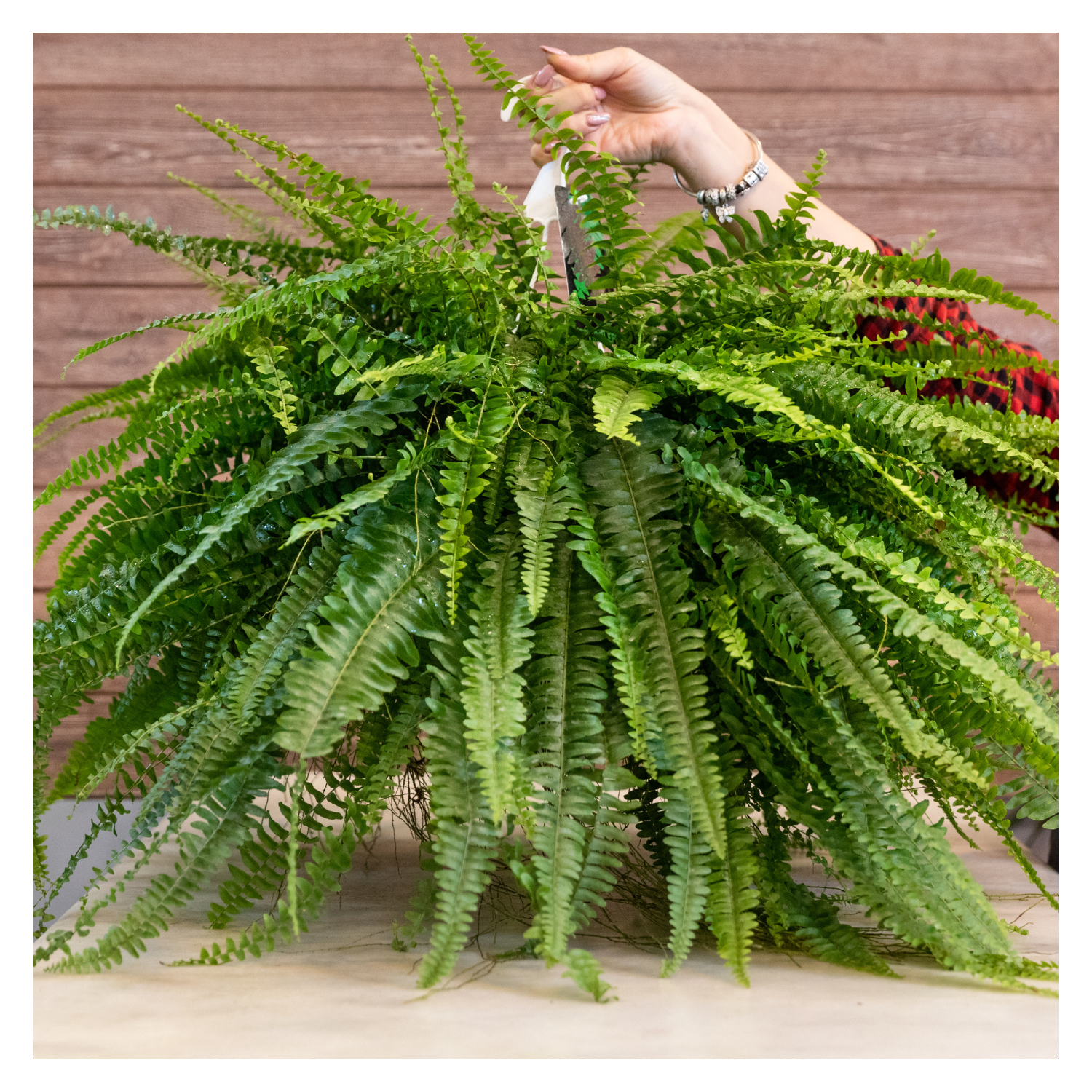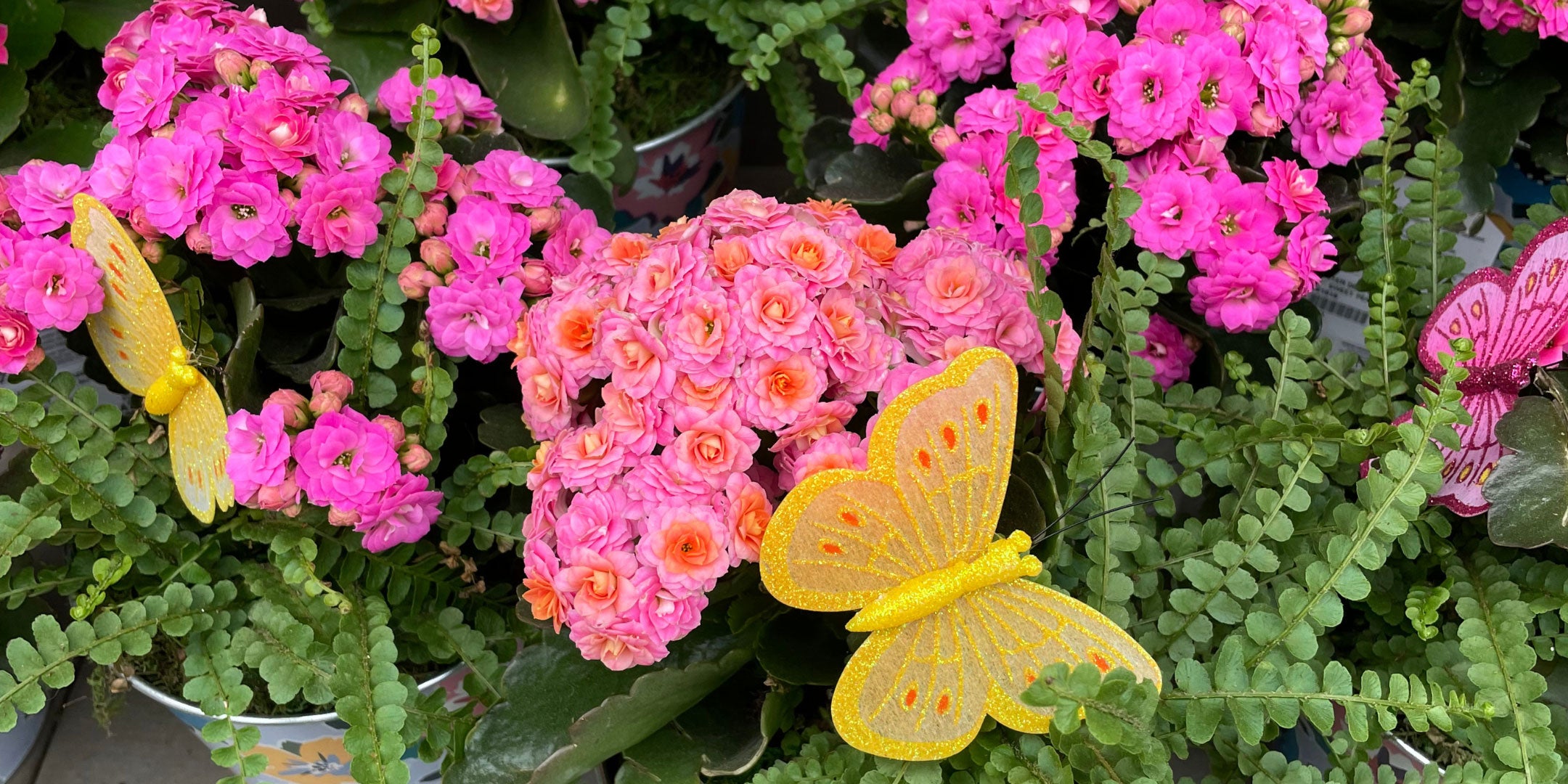Shield or Expose? Winterizing Trees and Shrubs in Zone 4
Before we get into it, we know winter is still a ways away BUT we’ve recently received several questions regarding the pros and cons of covering trees shrubs and perennials for winter. Due to our Summer Clearance sales we’ve been fielding a lot of questions on this topic, but don’t fret there’s plenty of late summer weather to enjoy!
Winter in Sault Ste. Marie can be harsh, with cold temperatures, heavy snowfall, and freezing winds. Gardeners in Zone 4 often consider covering their trees, shrubs, and perennials to protect them from these conditions. However, while covering plants can offer protection, it’s essential to understand the benefits and potential drawbacks. Here’s a guide to help you decide when and what to cover in your garden.
Pros of Covering Your Plants
- Protection from Harsh Weather:
- Snow and Ice: Heavy snowfall and ice buildup can damage branches, especially on young or delicate shrubs and trees. Covering plants can prevent branches from breaking under the weight.
- Wind Burn: Cold winds can dry out plants, particularly evergreens, leading to desiccation and browning of foliage. Wrapping them can help reduce moisture loss.
- Prevention of Freeze-Thaw Damage:
- Fluctuating winter temperatures can cause the soil to freeze and thaw repeatedly. This can heave perennials out of the ground, exposing roots to cold air and potentially leading to plant death. Covering helps insulate the soil and maintain a more consistent temperature.
- Protection from Animals:
- Covering can help deter deer, rabbits, and other animals that may feed on the bark, buds, or foliage during winter when food is scarce.
Cons of Covering Your Plants
- Overheating:
- On sunny winter days, covered plants can warm up under the material, leading to premature bud break or encouraging pests. This is especially a concern if the cover is not removed promptly when warmer weather arrives.
- Trapping Moisture:
- If moisture gets trapped under covers, it can lead to rot, mold, or fungal diseases. This is particularly problematic for plants that prefer well-drained conditions.
- Physical Damage:
- If covers are not secured properly, they can rub against the bark or branches, causing physical damage. Additionally, if heavy snow accumulates on the cover, it can cause branches to break or the plant to collapse under the weight.
- Wrong Material:
- Using the wrong type of cover, such as plastic, can create more harm than good. Plastic traps moisture and doesn’t allow plants to breathe, leading to issues like rot.
When to Cover
- Timing:
- Wait until the ground has frozen before covering plants. Covering too early can trap moisture around the plant and encourage rot.
- For trees and shrubs, cover them before heavy snowfall or freezing rain is expected, typically in late November to early December in Sault Ste. Marie.
- Remove covers in early spring, around late March to early April, when the threat of severe cold has passed.
What Not to Cover
- Hardy Perennials:
- Most perennials adapted to Zone 4 are hardy enough to survive the winter without extra protection. Covering them could cause more harm than good by creating a damp, mold-prone environment.
- Native Shrubs and Trees:
- Plants that are native to Northern Ontario are well-adapted to the local climate and typically do not require additional winter protection.
- Evergreens:
- While some evergreens can benefit from wind protection, it’s often better to use a windbreak (like burlap screens) rather than wrapping them entirely. Full coverage can lead to overheating and moisture issues.
Covering trees, shrubs, and perennials for winter in Sault Ste. Marie can be beneficial, but it’s essential to weigh the pros and cons and to use the right materials and techniques. Only cover plants that are particularly vulnerable to winter damage, and always ensure that covers are breathable, secure, and removed at the right time to avoid causing more harm than good. With the proper approach, you can help your garden thrive even in the coldest months.




